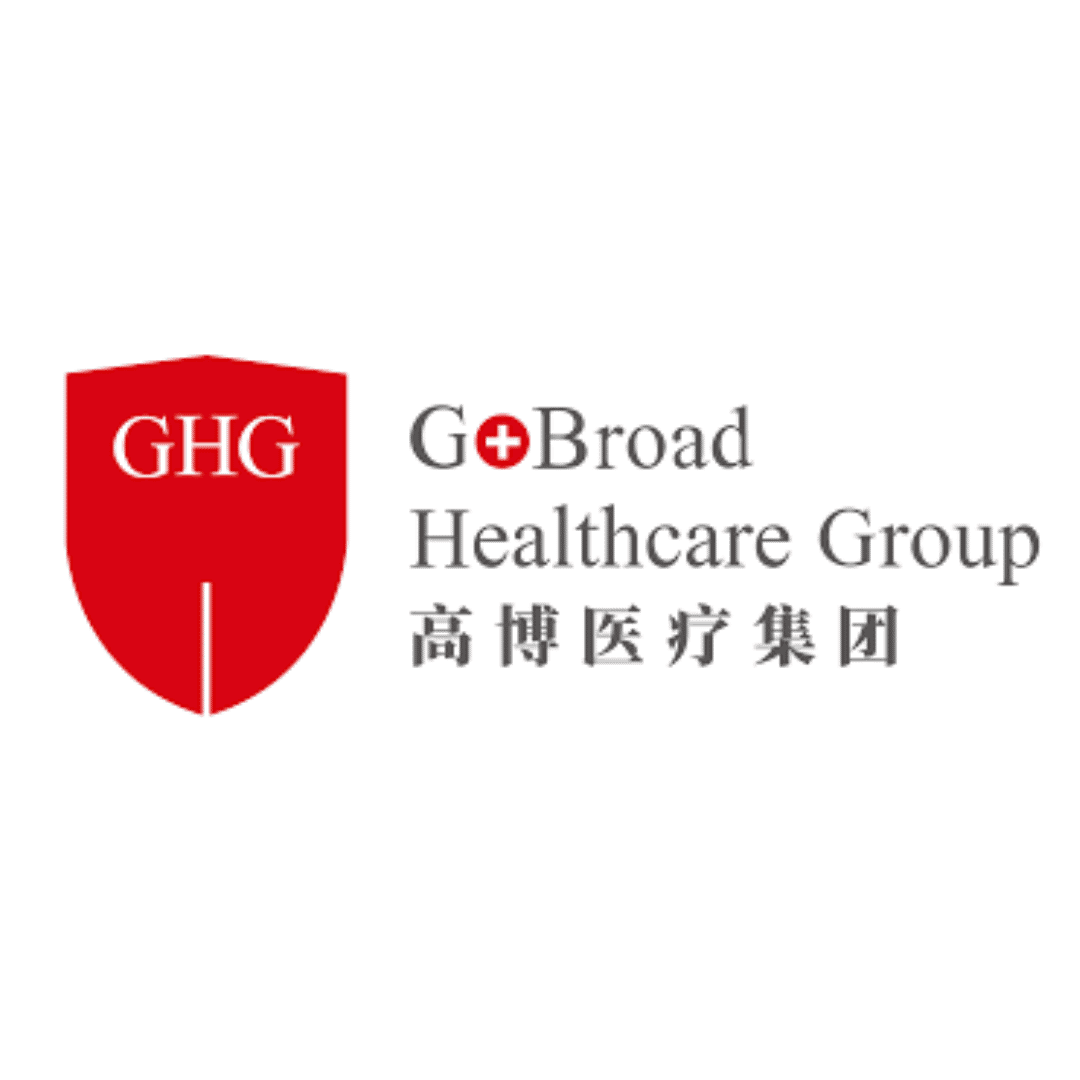Factors That Influence NHL Survival Rates in China
.jpg)
Navigating a diagnosis of Non-Hodgkin Lymphoma (NHL) can bring many questions, especially concerning prognosis and survival rates. If you're looking for information on NHL survival rates in China, you're not alone. Many individuals and their families seek to understand what to expect, given the country's vast healthcare system and evolving medical landscape. It's a topic that involves looking at various factors, from treatment availability to regional differences in care.
Historically, accessing comprehensive data on cancer survival across such a large and diverse nation as China presented challenges. However, with significant investments in healthcare infrastructure and data collection, a clearer picture is emerging.
Patients today benefit from increasingly sophisticated diagnostic tools and a wider array of therapeutic options, contributing to an overall more hopeful outlook for NHL survivors. This blog post aims to shed light on these crucial aspects, providing clarity on survival rates and the contributing factors within China's healthcare system.
What are the General Survival Rates for Non-Hodgkin Lymphoma in China?
While precise, nationwide consolidated data can be complex due to the country's vastness and regional variations, studies and reports from major cancer centers in China indicate a positive trend in NHL survival. The 5-year survival rate, a common metric used to assess cancer prognosis, generally falls within a broad spectrum, reflecting the diverse nature of NHL itself.
Factors like the specific subtype of NHL (e.g., diffuse large B-cell lymphoma, follicular lymphoma), the stage at which it is diagnosed, and the patient's age and overall health significantly influence these rates. With increasing awareness campaigns and improved diagnostic capabilities, more cases are being identified earlier, which often leads to better treatment outcomes and higher survival rates.
How Do NHL Survival Rates in China Compare to Western Countries?
Historically, Western countries like the United States and those in Europe reported higher average survival rates for many cancers, including NHL, largely due to earlier adoption of advanced diagnostic technologies and comprehensive treatment protocols. However, China has made tremendous strides in recent decades.
Many major urban centers and specialized cancer hospitals in China now offer treatments and care comparable to leading international standards. This has led to survival rates that are increasingly similar to those seen in developed Western nations. Differences, where they exist, are often attributed to factors such as:
- Variations in healthcare infrastructure and access between urban and rural areas.
- Timeliness of diagnosis, which can be influenced by public health awareness and primary care screening.
- Availability and affordability of the newest targeted therapies and immunotherapies, which can sometimes be introduced later or be less universally accessible than in some Western healthcare systems.
What Factors Influence NHL Survival Rates in China?
Survival rates for Non-Hodgkin Lymphoma are complex and depend on a multitude of interacting factors. Understanding these can help patients and families better comprehend their prognosis.
Some of the most significant factors include:
- Lymphoma Subtype: NHL is not a single disease but a group of many different types, each with its own typical behavior and prognosis. Aggressive types require immediate, intensive treatment, while indolent types may grow slowly over years.
- Disease Stage: The extent to which the cancer has spread at diagnosis (Stage I, II, III, or IV) is a primary predictor of survival. Early-stage localized disease generally has a better prognosis than advanced, widespread disease.
- Patient Characteristics: Younger patients and those with fewer pre-existing health conditions often tolerate treatment better and have improved outcomes. The patient's overall performance status also plays a crucial role.
- Access to Care: Geographic location within China can significantly impact care. Patients in major cities generally have better access to specialized oncologists, advanced diagnostic tools (like PET-CT scans), and cutting-edge treatments compared to those in more remote or rural areas.
- Treatment Quality and Availability: The standard of treatment, including the use of chemotherapy, radiation therapy, targeted therapies, and stem cell transplantation, directly affects survival. The availability of multidisciplinary teams and supportive care also makes a difference.
Are There Regional Disparities in NHL Survival Rates Across China?
China's vast geography and uneven economic development contribute to variations in healthcare access and quality across different regions. This naturally leads to disparities in cancer survival rates, including for Non-Hodgkin Lymphoma.
Major cities like Beijing, Shanghai, and Guangzhou are home to some of the country's most advanced cancer hospitals and research institutions. These facilities often have state-of-the-art equipment, a highly trained medical workforce, and early access to innovative treatments. As a result, patients treated in these urban centers typically benefit from earlier and more accurate diagnoses, personalized treatment plans, and comprehensive supportive care, leading to improved survival outcomes.
In contrast, rural areas or less economically developed provinces may face challenges such as fewer specialized oncologists, limited access to advanced diagnostic imaging (like PET scans), and a more restricted range of treatment options. Efforts are continuously being made by the Chinese government to bridge this gap through initiatives aimed at improving healthcare infrastructure and training medical professionals in underserved regions.
What are the Common Treatments for NHL Available in China?
China has adopted and integrated many standard international treatment protocols for Non-Hodgkin Lymphoma. The approach to treatment is highly individualized, based on a comprehensive assessment of the patient's specific condition.
The mainstays of NHL treatment in China typically include:
- Chemotherapy: Often the primary treatment, using drugs to kill cancer cells throughout the body. Combinations like CHOP (cyclophosphamide, doxorubicin, vincristine, and prednisone) are widely used.
- Targeted Therapy: Medications that specifically target cancer cells without harming normal cells as much. Rituximab, a monoclonal antibody that targets CD20 protein on lymphoma cells, is a common example, often combined with chemotherapy (R-CHOP).
- Radiation Therapy: Uses high-energy rays to kill cancer cells. It may be used for localized disease, to treat symptoms, or as part of a conditioning regimen before stem cell transplant.
- Immunotherapy: Utilizes the body's immune system to fight cancer. Newer immunotherapies, including CAR T-cell therapy, are becoming more available in specialized centers.
- Stem Cell Transplantation: Can be an option for some patients with aggressive or relapsed NHL. Both autologous (using the patient's own cells) and allogeneic (using donor cells) transplants are performed.
How Has Access to Advanced NHL Treatments Improved in China?
The past two decades have seen a dramatic transformation in China's healthcare landscape, particularly concerning cancer care. This improvement is multifaceted, addressing both infrastructure and therapeutic availability.
Key areas of improvement include:
- Increased Investment: Massive government and private sector investments have led to the construction of new hospitals and the modernization of existing ones, particularly in urban areas, equipped with advanced diagnostic and treatment technologies.
- Therapeutic Innovation: China has actively engaged in the development and adoption of novel therapies, including targeted drugs and immunotherapies, which are now increasingly available. Some domestically developed drugs have even gained international recognition.
- Health Insurance Reform: The expansion of national health insurance programs has made advanced treatments more affordable and accessible for a larger portion of the population, reducing the financial burden on patients.
- Clinical Research: China is a significant participant in global clinical trials, providing patients with access to cutting-edge experimental treatments that might not yet be widely available.
Can International Patients Seek NHL Treatment in China?
For individuals considering medical tourism for Non-Hodgkin Lymphoma treatment, China offers a compelling option, especially given its advancements in cancer care and competitive costs. Many of China's top-tier hospitals, particularly in major metropolitan areas like Beijing, Shanghai, and Guangzhou, have established international patient departments.
These departments are specifically designed to cater to the needs of foreign patients, providing services such as:
- Assistance with medical visas.
- English-speaking medical staff and translators.
- International patient coordinators to help with appointments, logistics, and communication.
- Access to the same advanced treatments and technologies available to local patients.
While the quality of care in these leading institutions is often very high, prospective patients should conduct thorough research and consider consulting with a medical tourism facilitator to ensure a smooth and effective treatment journey.
What are the Considerations for Medical Tourists Seeking NHL Treatment in China?
Embarking on medical tourism for a serious condition like Non-Hodgkin Lymphoma requires careful planning and consideration. When looking at China, several factors are important to ensure a successful treatment experience.
Key considerations include:
- Hospital Selection: Researching hospitals with international accreditations, a strong reputation in oncology, and dedicated international patient services is crucial. Look for centers with extensive experience in treating NHL.
- Physician Expertise: Investigate the credentials and experience of the oncologists who would be managing your care. Many leading Chinese oncologists have international training and experience.
- Language and Communication: While international departments often have English-speaking staff, understanding the extent of language support throughout the entire medical journey is important, especially for detailed consultations and discussions.
- Visa and Travel Logistics: Obtain the appropriate medical visa in advance and plan for travel and accommodation, which can be extensive for long-term cancer treatment.
- Cost and Insurance: Understand the full cost of treatment, including potential unforeseen expenses, and check if your international health insurance policy covers treatment in China.
- Follow-up Care: Plan for post-treatment follow-up, either in China or back in your home country, and ensure medical records are easily transferable.
What are the Costs Associated with NHL Treatment in China for International Patients?
One of the primary motivations for medical tourism to China for NHL treatment is often the cost-effectiveness. While providing high-quality care, many Chinese hospitals offer treatments at a significantly lower price point than similar procedures in the United States, Canada, or Western Europe.
The overall cost will depend on several factors:
- Treatment Regimen: Complex treatments involving advanced immunotherapies, targeted therapies, or stem cell transplantation will naturally be more expensive than standard chemotherapy.
- Hospital Choice: Premier hospitals in major cities may have higher fees than others, though they also often provide the most specialized care and international patient services.
- Duration of Treatment: Lymphoma treatment can be lengthy, involving multiple cycles of chemotherapy or prolonged hospital stays, all of which contribute to the total cost.
- Ancillary Services: Costs for diagnostics (PET-CT, biopsies), consultations, medications, and supportive care also add to the overall expense.
Prospective patients should request a detailed cost estimate from their chosen hospital, which should ideally include all anticipated medical expenses. It is also wise to budget for accommodation, travel, and personal expenses during the treatment period.
What Support Services Are Available for NHL Patients in China?
Comprehensive cancer care extends beyond medical treatments to include robust supportive services that address the holistic needs of patients. In China, especially in leading hospitals, the availability of these services for NHL patients has greatly expanded.
These services are designed to improve the patient's quality of life throughout their treatment journey and recovery:
- Oncology Nursing: Specialized nurses provide education about treatment, manage side effects, and offer emotional support.
- Psychological Support: Many hospitals offer counseling services to help patients and their families cope with the emotional and psychological challenges of a cancer diagnosis.
- Nutritional Guidance: Dietitians provide tailored advice to help patients maintain strength and manage treatment-related side effects such as nausea or loss of appetite.
- Physical Rehabilitation: Physiotherapists can help patients regain strength and mobility, especially after surgery or prolonged treatment.
- Patient Advocacy and Support Groups: While perhaps less formalized than in some Western countries, patient communities and informal support networks are growing, offering shared experiences and practical advice.
For international patients, these support services are often integrated into the international patient departments, ensuring access to resources that account for cultural and language differences.
If you're considering Non-Hodgkin Lymphoma treatment options or other healthcare services, exploring platforms like PlacidWay can help you navigate global healthcare solutions, compare facilities, and connect with providers that meet your specific needs.


.png)

.png)

.png)










Share this listing